The dress has a very turbulent history. More than once it has reflected the prevailing mood in society and could change the fate of women around the world. Its importance is evidenced by the fact that in ancient times the word "dress" was used to denote the entire heritage of a person.
Did you know that the popularity of the little black dress coincided with mourning after World War II, that wearing a miniskirt could even land you in prison, and that the fashion for tight corsets caused deformation of women's internal organs?
Today we will briefly recall how dresses have changed throughout history.
Antiquity – the beginning of the history of the dress

Our ancestors once wore skins that they fastened together in the areas of their bodies where they needed the most warmth. This gave them something like the first dresses worn by both women and men. They were minimalistic, yet roomy and comfortable.
With the advent of woven materials, wool, Egyptian linen, Indian cotton, and Chinese silk became the main materials. In many countries, drapery was "fashionable", probably because the most beautiful women were slim, but with a rounded belly due to the drapery. The colors were dominated by white with accents of blue, lavender, and muted yellow.
For example, a characteristic Greek garment was the peplos, a large rectangular piece of cloth that was fastened at the waist and tied at the shoulders. Men wore a chiton, the sides of which were sewn together at the shoulders. Interestingly, the Greeks avoided long sleeves, as they were intended mainly for slaves.
The Middle Ages – simple and practical clothing

Medieval ideals of beauty represented a woman as a quiet, modest creature, with a tired look, an emaciated figure and pale cheeks. Dresses were supposed to add slimness, tragedy to the figure and cover the entire body. Its demonstration was synonymous with sin.
Medieval dresses were the first to consist of two layers – a lower and an upper one. Usually, each of them had a different color, which was combined with each other, creating a unique contrast. The underwear was homemade, it was put on over the head and then laced up. It is worth adding that the difference between court ladies and townspeople could be seen only by the material of the dresses, because their styles and cuts were almost identical.
In medieval fashion – unlike painting or architecture – dark and gloomy shades were not very popular. Although, interestingly, at that time in Southern Europe, black was still the color of choice. In turn, Gothic dresses were characterized by flowing fabrics, the task of which was to wrap around a slender figure, and the width of the sleeves reflected social status.
Renaissance, or How to Emphasize Natural Beauty

During the Renaissance, special attention was paid to external beauty. Women wanted to be liked and took care of their appearance. More and more often, instead of intricate hairstyles, loose hair appeared and dresses with a V-neck were worn.
More than once, although depending on status, they were emphasized with fabrics such as brocade or velvet, lace, embroidery, and even precious stones.
However, for example, in the then still powerful Catholic Spain, the body began to be covered again, from which we know the dresses with lace frills, characteristic of this period, that completely wrap around and cover the neck.
Baroque – dresses that emphasize shapes

In the baroque filled with artistry, full, truly Rubensian forms come to the fore. In addition to the corset known at that time, the bodice was strengthened with special wooden slats. It is easy to guess that such a design not only did not allow unhindered bending, but also did not allow sitting down and breathing freely.
Known for his unconventional ideas, the French King Louis XIV imposed a special canon on his subjects, which determined how to dress. Hence the figure of an inverted glass, fashionable at that time in Europe, which could be achieved, among other things, thanks to a corset.
Rococo – checkered dresses, wasp waists and bold necklines

The artificial court fashion of the 18th century introduced the design of dresses that resembled... cages. In addition to tight corsets, special frames were created from whalebone and metal rods, which had a circumference of up to 8 meters.
A woman of the Rococo era is piquant, capricious, fragile and elegant. She looked like a doll: her face was white and rosy, her hair was powdered, black flies set off the whiteness of her skin. Her waist was drawn to unimaginable sizes and contrasted sharply with the immense splendor of her skirts.
The dresses certainly accentuated the wasp waist, but made it difficult to perform the simplest actions, such as sitting in a chair, using the toilet, or going down the stairs. The advantage of these dresses with a metal cage was their lightness (compared to multi-layered clothing). But in such huge designs, their owners had difficulty calculating their own dimensions, which often led to funny and absurd situations.
Often, such dresses were a threat to the health and even the lives of their owners. All due to the deformation of the figure and degeneration of the bones, tightly tightened by corsets - this contributed to the deformation of the lungs and other organs from childhood.
Enlightenment – pastoral subjects and classicism

Pastel colors and floral patterns of various sizes were innovative during the Enlightenment. Society was fed up with the mannerisms and artificiality of the Baroque and Rococo eras. Against this background, the Enlightenment ideas of closeness to nature gained popularity. Rural life became fashionable and this, naturally, affected dresses.
Thin waists, wide bottoms and bold necklines remained in fashion. However, the mannerism was replaced by elegance and simplicity in styles. Dresses began to be sewn from softer materials, corsets appeared less often, and costumes, even aristocratic ones, became simpler. Both in art and in fashion there was a return to antiquity, which, in particular, was manifested in delicate, airy dresses, often with a ribbon under the bust, instead of belts and corsets.
19th century – romanticism, puffs and plumes

After what seemed like a shift to more comfortable women's clothing, the pendulum swung back at the end of the 18th century, and puffed sleeves, wide, heavy dresses with crinolines and ruffles, were back in fashion. A wide ribbon appeared at the waist, flared hems returned, and, as in the Middle Ages, covered necklines.
The ideal of a female figure once again became an hourglass, and people tried to achieve it thanks to long evening dresses with a flowing train.

Dresses made of wool and silk fabrics, rep, damask, satin, and velvet were typical of fashion in the second half of the 19th century.
The turn of the century – minimalism in fashion

The transition to the 20th century was largely a struggle between tradition and the modernity we already understand, which was also reflected in fashion. However, it must be admitted that it was a time when one could see great differences in clothing, depending on the country.
This era became a kind of Rubicon in fashion: in Europe, dresses that fell just below the knee, showing off women's calves, began to appear. The styles of that time became diverse and ceased to necessarily emphasize the waist.
The 20th century brought another significant revolution – the cult of the body, especially the slim and athletic body, which can be appreciated not only in everyday life, but also in beauty contests. We must not forget about emancipation, which, after the war, played one of the key roles in the transition from ball gowns to the silhouettes we are familiar with.
But the 20th century is so full of events, including fashionable ones, that this topic deserves a separate article.

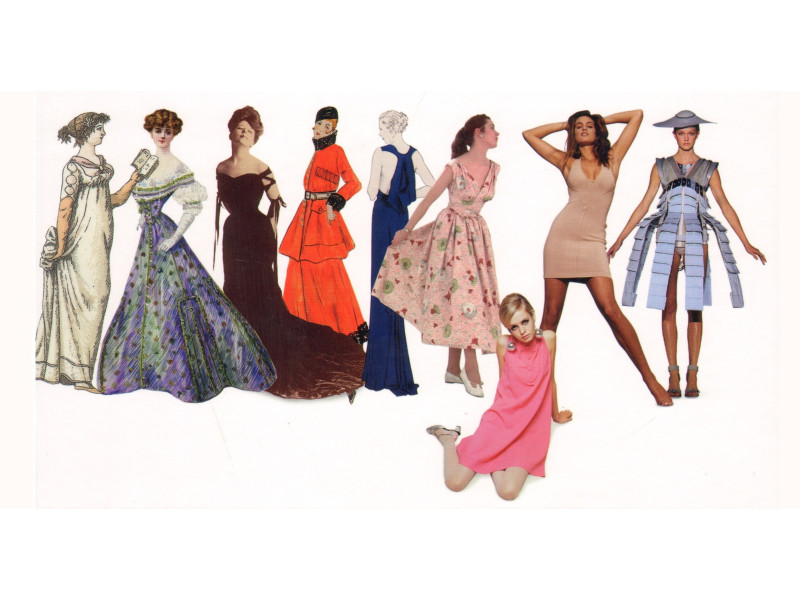
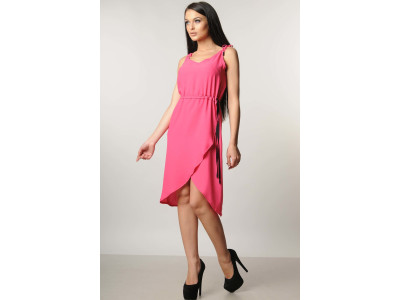
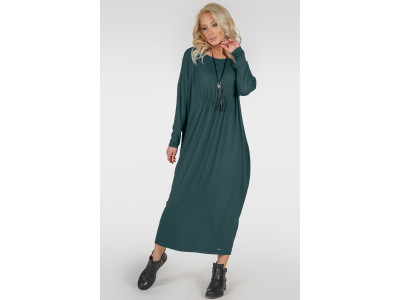
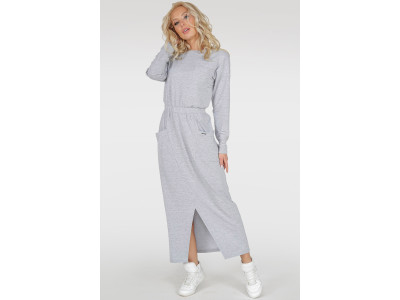
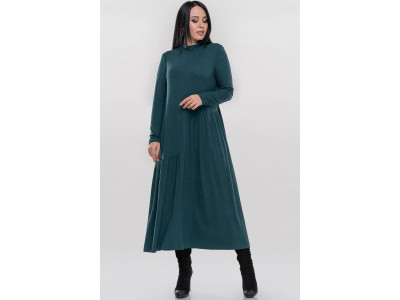
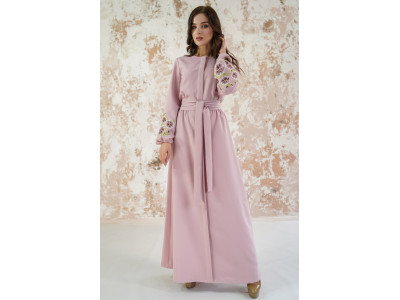
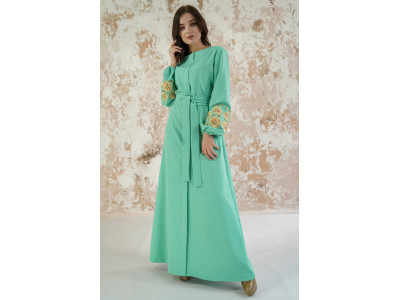
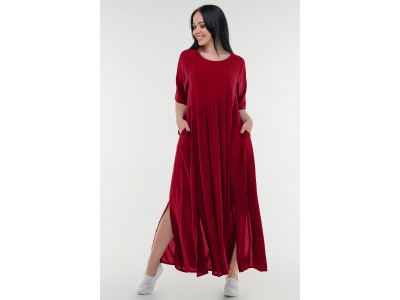
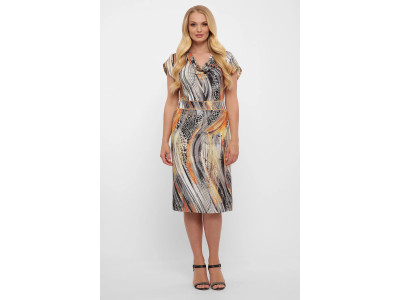
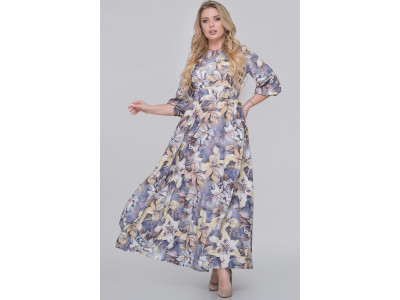
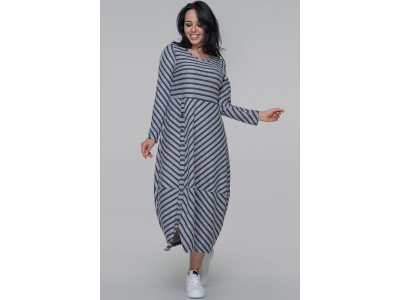
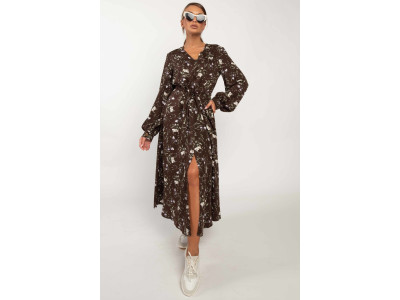
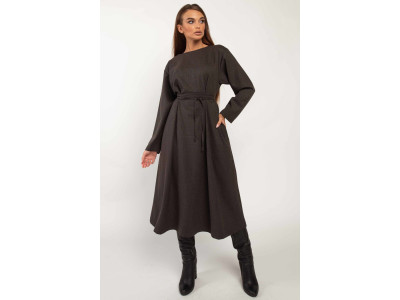
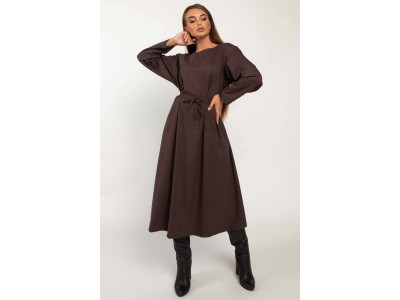
Write a comment